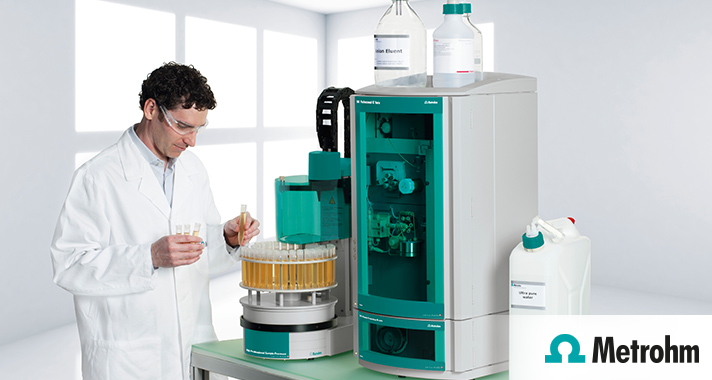The options for halide analysis in soils are quite numerous. How do you choose the best option?
Traditional halide and nutrient analysis
Traditionally, for soil analysis, extraction and analysis with ion exchange chromatography or flow injection analysis has been the way to go for halide and nutrient analysis in soils. The benefit of this technique is a high sample throughput and complete nutrient analysis, whether to very low detection limits in a single analysis by IC or multiple individual analyses by flow injection. The drawback, batch extractions require manual sample preparation by lab staff which create possible introduction of errors in liquid handling not to mention the hands on time required.
New sample preparation technique
More recently, with the improvement in automation technology, software and reliability of hardware, integrated combustion as a sample preparation technique for ion chromatography has come to the fore as a convenient soil analysis technique.
Combustion Ion Chromatography (CIC)
Combustion Ion Chromatography (CIC) provides the advantage of minimal sample preparation as there is no extraction requirement. A sample is simply weighed into a sample boat, the instrument takes it from there. This alone can increase result accuracy and lab efficiency. The disadvantage: only halides and sulfur can accurately be quantified with CIC, nutrients cannot be quantified.
So which technique is best? Speed, detection limit, number of analytes, sample preparation. The best analytical technique for you will depend on which of these is most important in your laboratory.









